Entering into US session, Euro receives a wave of buying in the current 4H. It’s probably already past the first post-ECB selling climax.
Still, upside momentum is not too convincing as seen in EUR Action Bias table.
We’ve mentioned here out hesitation on selling EUR/USD right after ECB as D action bias didn’t turn downside red. And it happened that D action bias is still staying in neutral green.
Though, the overall outlook stays bearish in EUR/USD and it’s just a matter of time for downside breakout. Hence, we’ll stick with a safer strategy to sell EUR/USD at 1.1700, slightly above 4 hour 55 EMA, with stop above 1.1851 resistance.




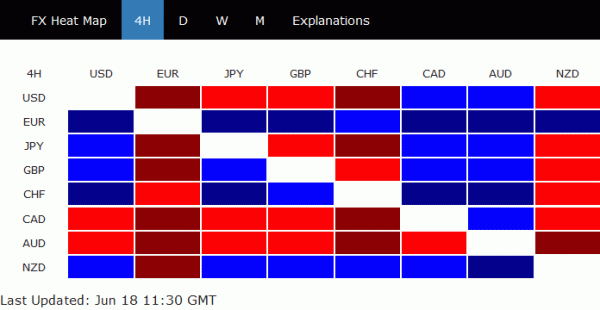
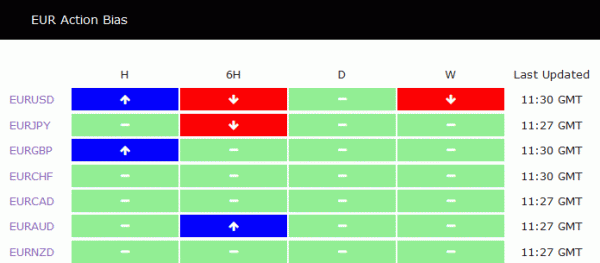
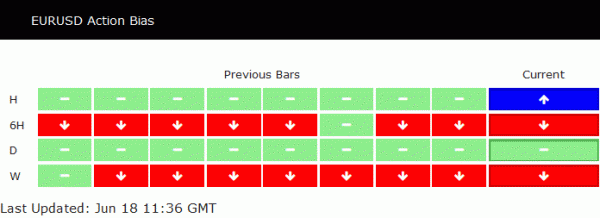
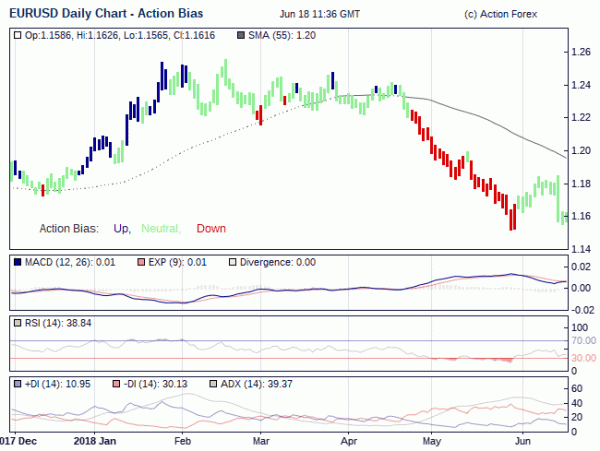
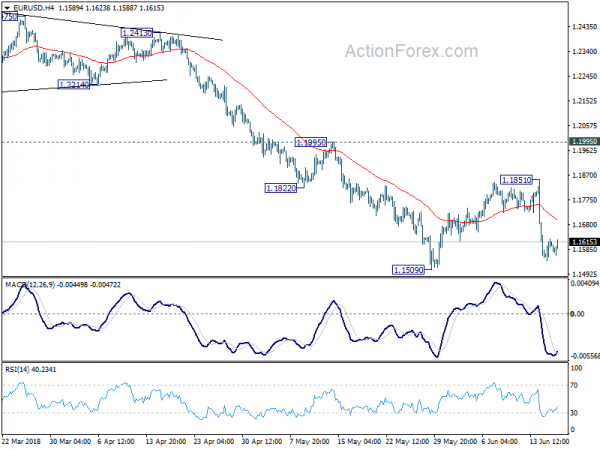
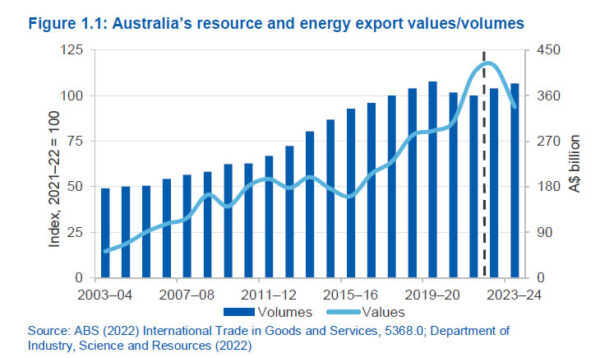
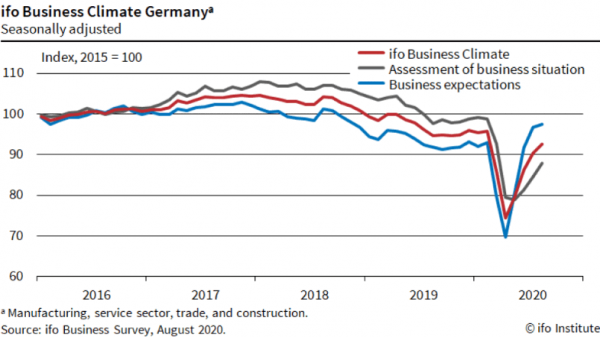
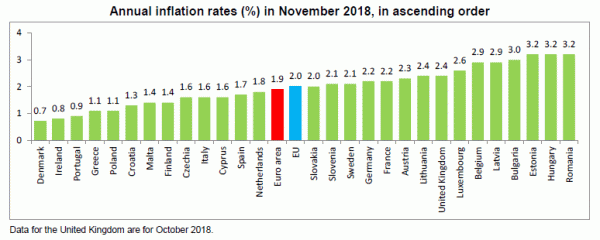
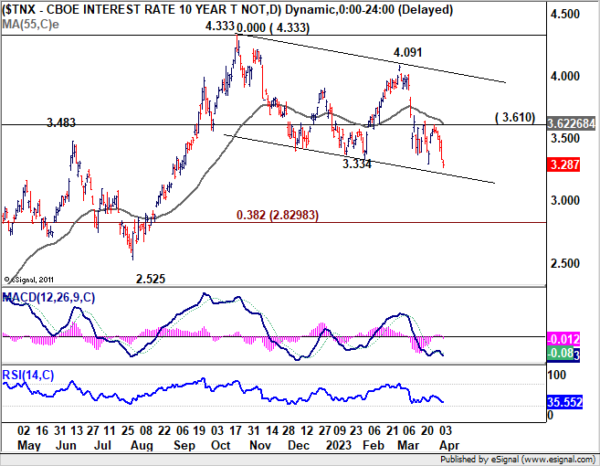
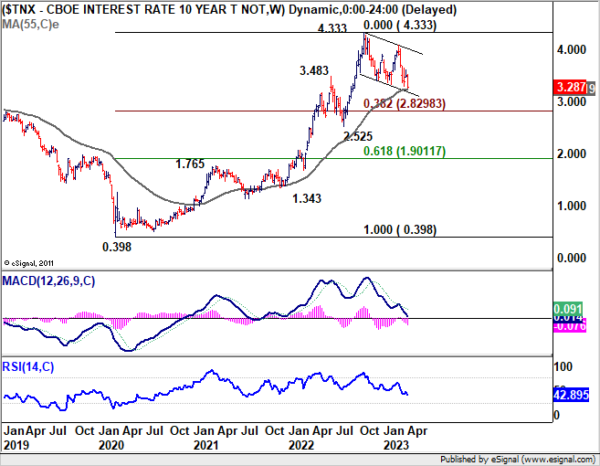
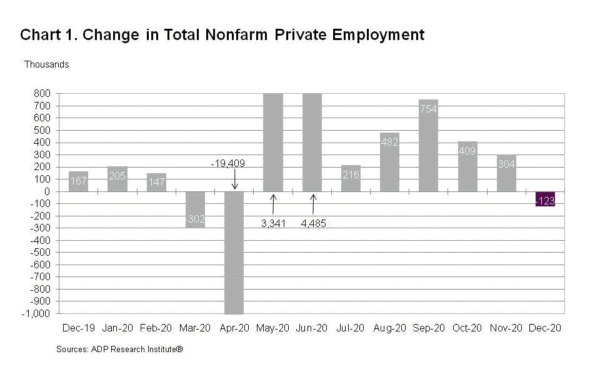
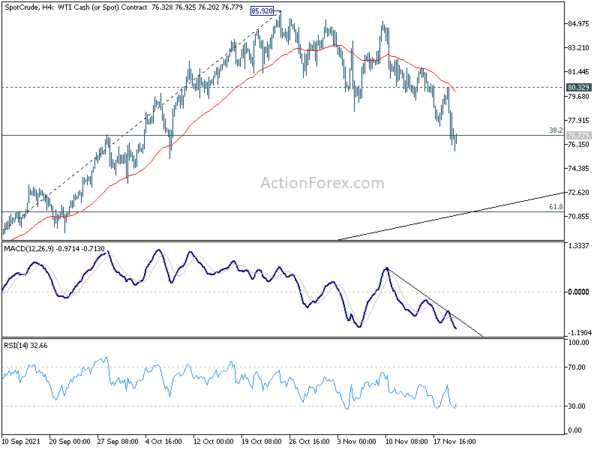
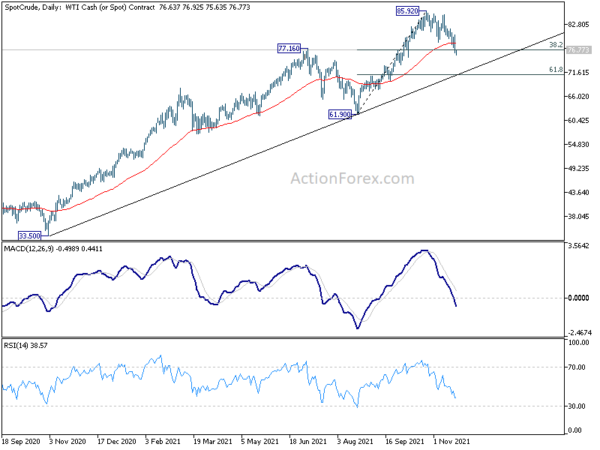

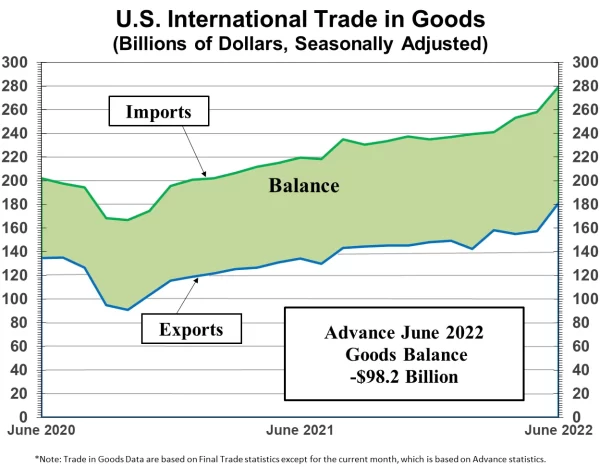
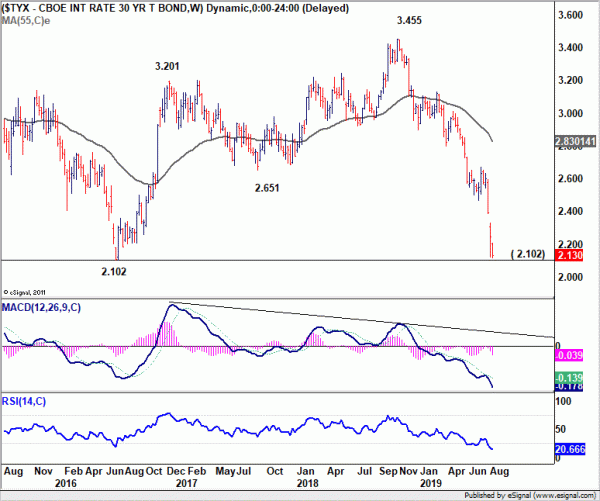
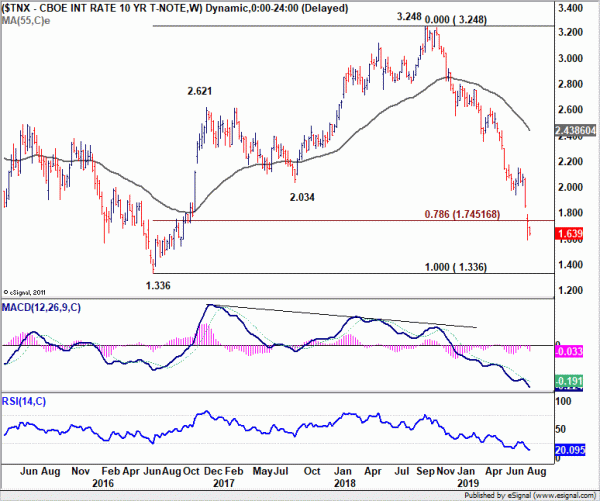
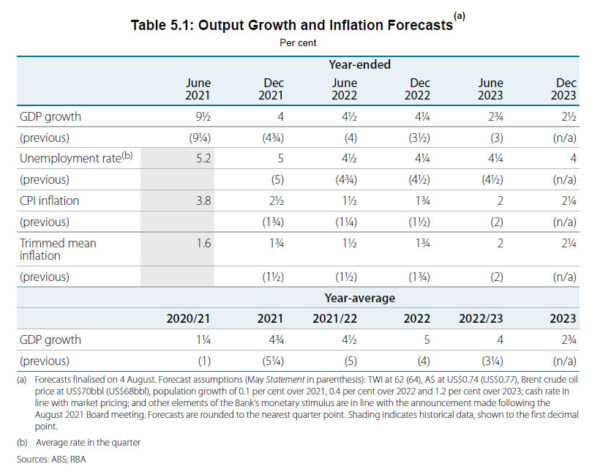

Swiss KOF dropped to 63.5, all indicator groups pushing the barometer downward
Swiss KOF Economic Barometer dropped to 63.5 in April, down from 91.7, above expectation of 58.0. Nevertheless, that’s still a historical decline, sharper than that in 2009 financial crisis.
KOF said: “Currently, nearly all indicator groups are pushing the barometer sharply downward. The decline is led by the indicators for the manufacturing industry and other services. However, the indicators for the accommodation and food service activities, foreign demand, construction, consumption and for financial and insurance service providers are also heavily in the red.
Also released, real retail sales dropped -5.6% yoy in March, below expectation of -3.6% yoy.